Arbor’s Small Multifamily Investment Trends Report Q1 2025, developed in partnership with Chandan Economics, examines a key commercial real estate sector that consistently shows stability amid ongoing economic volatility. Small multifamily continues to show positive trends in key indicators, such as asset valuations, originations volume, and construction, signaling that the sector should continue to overpower headwinds as it builds on its ongoing momentum.
Regional Construction Trends: Annual Multifamily Completions Surged in the South and West

After the volume of newly issued multifamily permits hit a 37-year high in 2022, multifamily completions surged another 22.3% last year. As the sector continues to gain strength, its growth has remained concentrated in the southern and western regions of the country, according to an analysis of new data from the U.S. Census Bureau’s Survey of Construction.

The Evolving Characteristics of Multifamily Construction
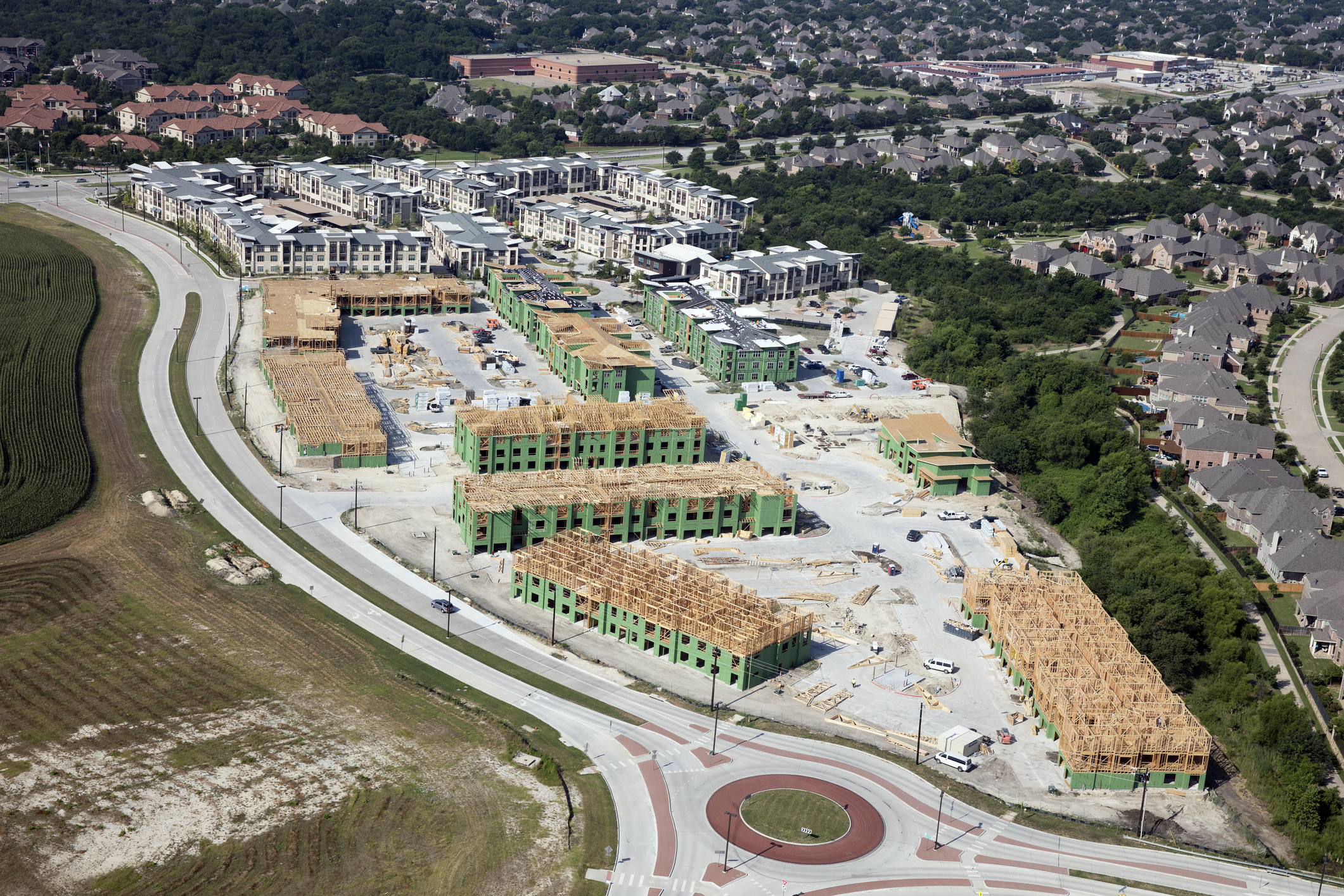
During the post-global financial crisis (GFC) cycle, a disproportionate share of new multifamily construction was of high-rise units in properties with amenities. However, the tides have turned. The rising cost of homeownership has brought the need for more affordable housing development in the U.S. to the top of many legislative agendas. In this deep dive, our research teams utilize data from the U.S. Census Bureau’s Annual Survey of Construction to show how and why the characteristics of new multifamily properties continue to evolve alongside shifting market needs.

Video: Dr. Chandan’s Affordable Housing Trends Report Takeaways

In this exclusive, new video, Dr. Sam Chandan, Founding Director of the Chen Institute for Global Real Estate Finance at the NYU Stern School of Business and non-executive chairman of Chandan Economics, contextualizes the key takeaways from Arbor’s Affordable Housing Trends Report Spring 2024, developed in partnership with Chandan Economics.

Rare Cross-Aisle Consensus Backs Housing Choice Vouchers
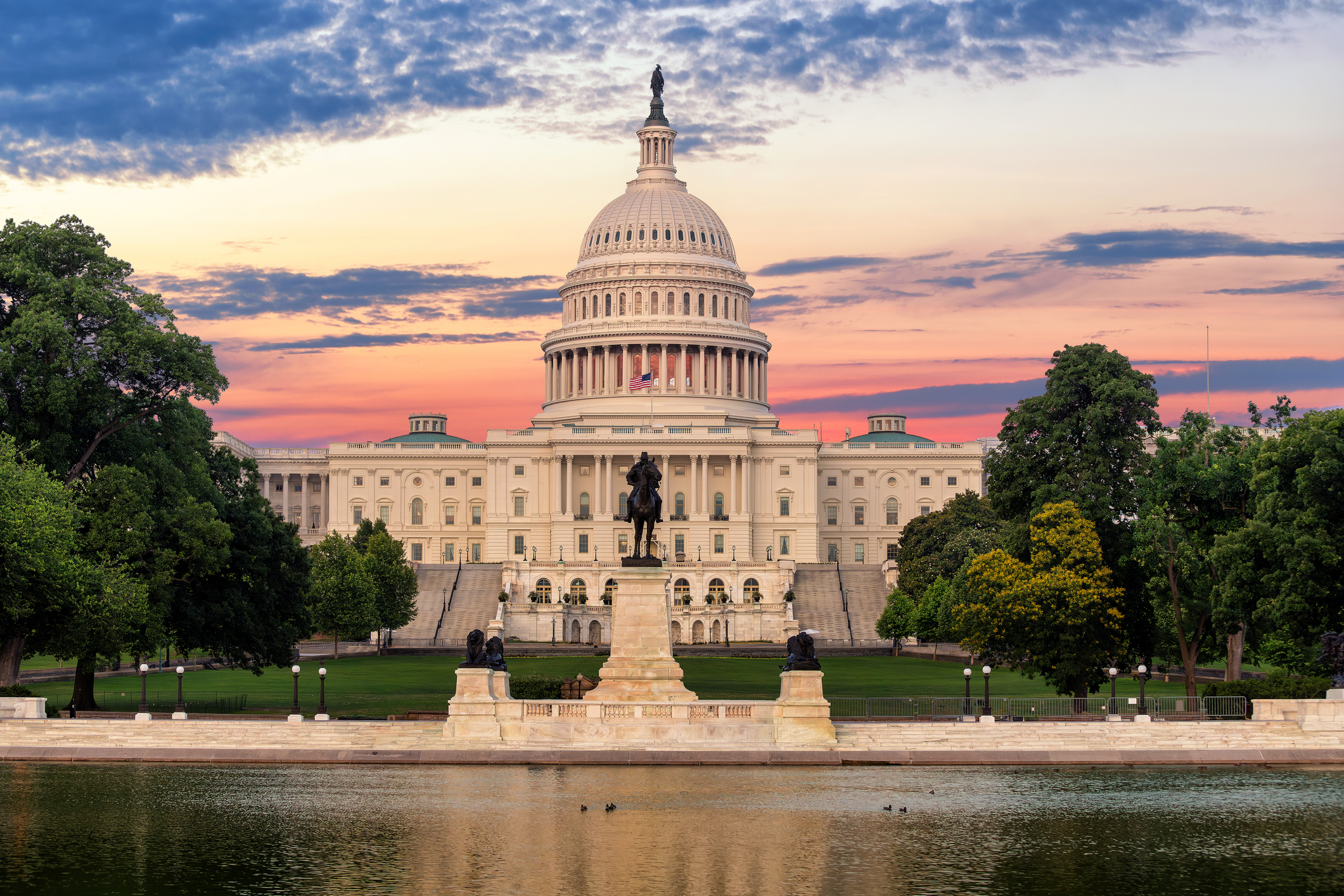
In Washington, D.C., the Section 8 Housing Choice Voucher (HCV) program is championed by Republicans and Democrats alike, making it a rare meeting ground for consensus.

How Multifamily Property Renovations Add Value and Marketability

The ideal time to renovate is when the rental market is strong. With high occupancy rates, borrowers are more likely to quickly realize returns on their multifamily property renovations through higher rents. However, renovating during a market downturn, when rents are often cheaper, inventory is higher, and materials are more affordable, is also a sound strategy.

Single-Family Rental Investment Trends Report Q2 2024
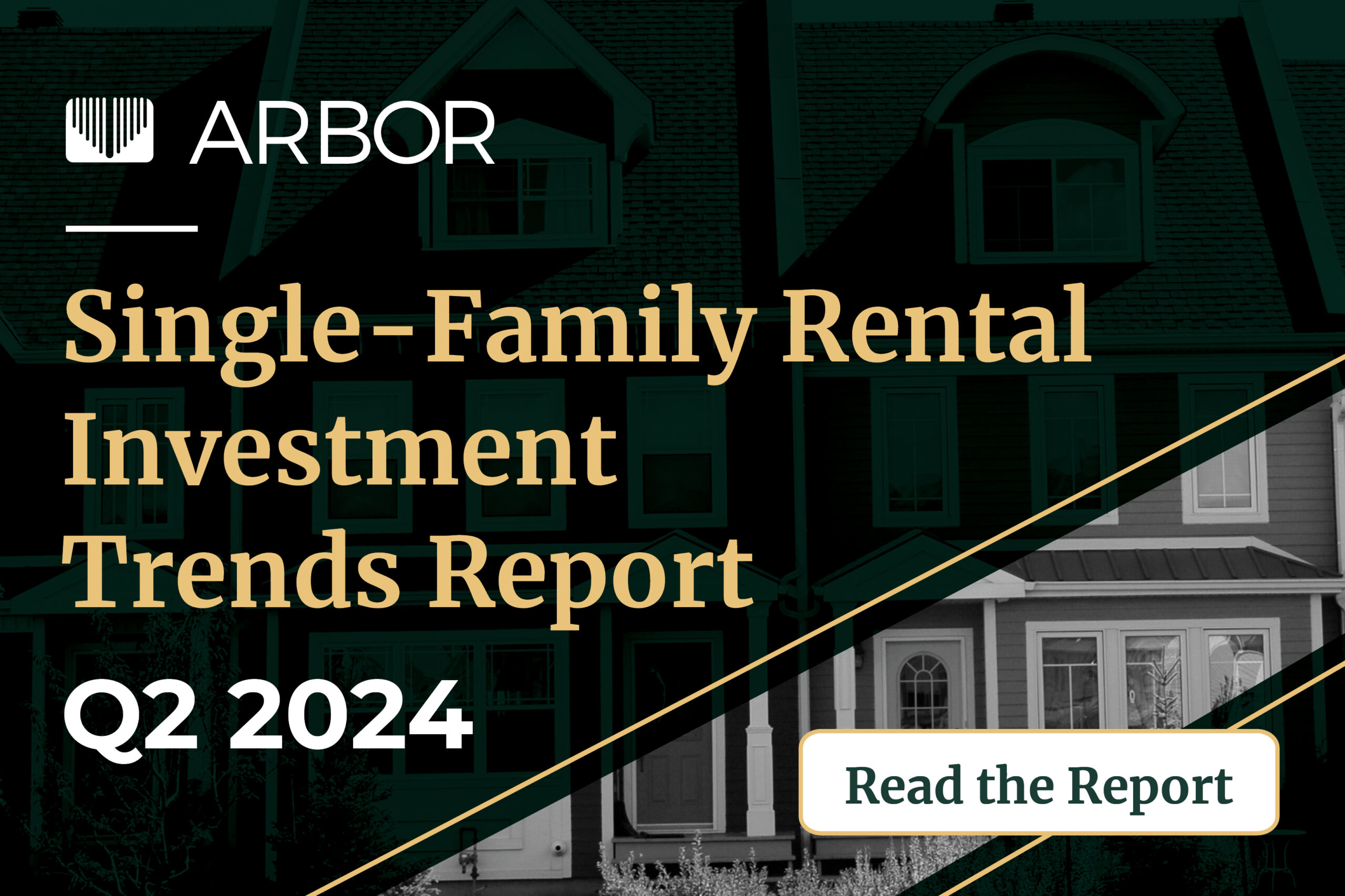
Quarter after quarter, the single-family rental (SFR) sector reaches new heights. From new construction to cap rates, Arbor’s Single-Family Rental Investment Trends Report Q2 2024, developed in partnership with Chandan Economics, details how the sector’s healthy fundamentals create profound optimism in its long-term prospects.

New York State’s 2025 Budget Advances Affordable Housing Goals
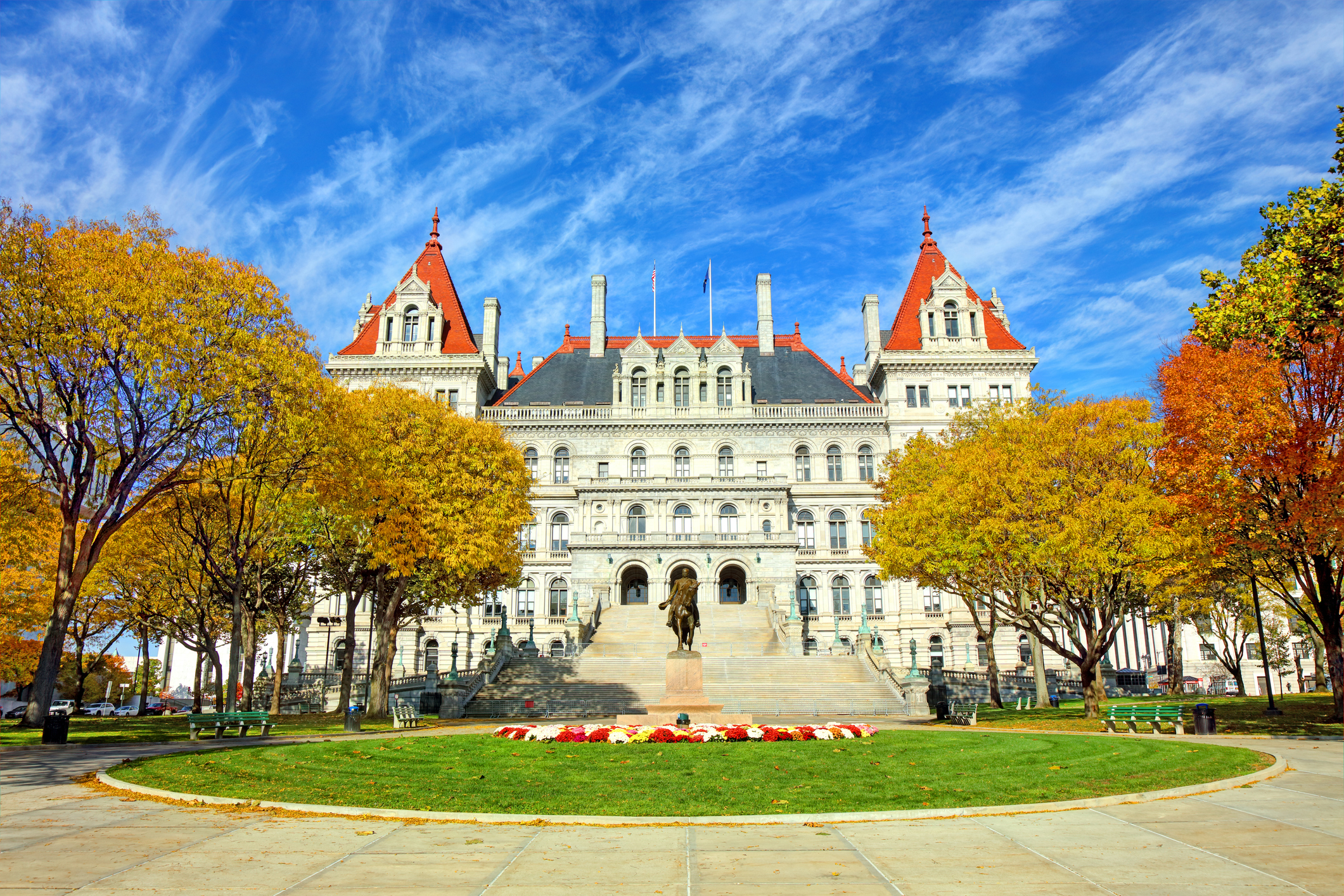
In April, New York State Governor Kathy Hochul announced a landmark budget agreement heralded as a giant step for affordable housing. New York’s FY 2025 Enacted Budget includes several key policy changes that could create thousands of affordable housing units across the state.

SFR East 2024: How Economics and Demographics Shape the Rental Market
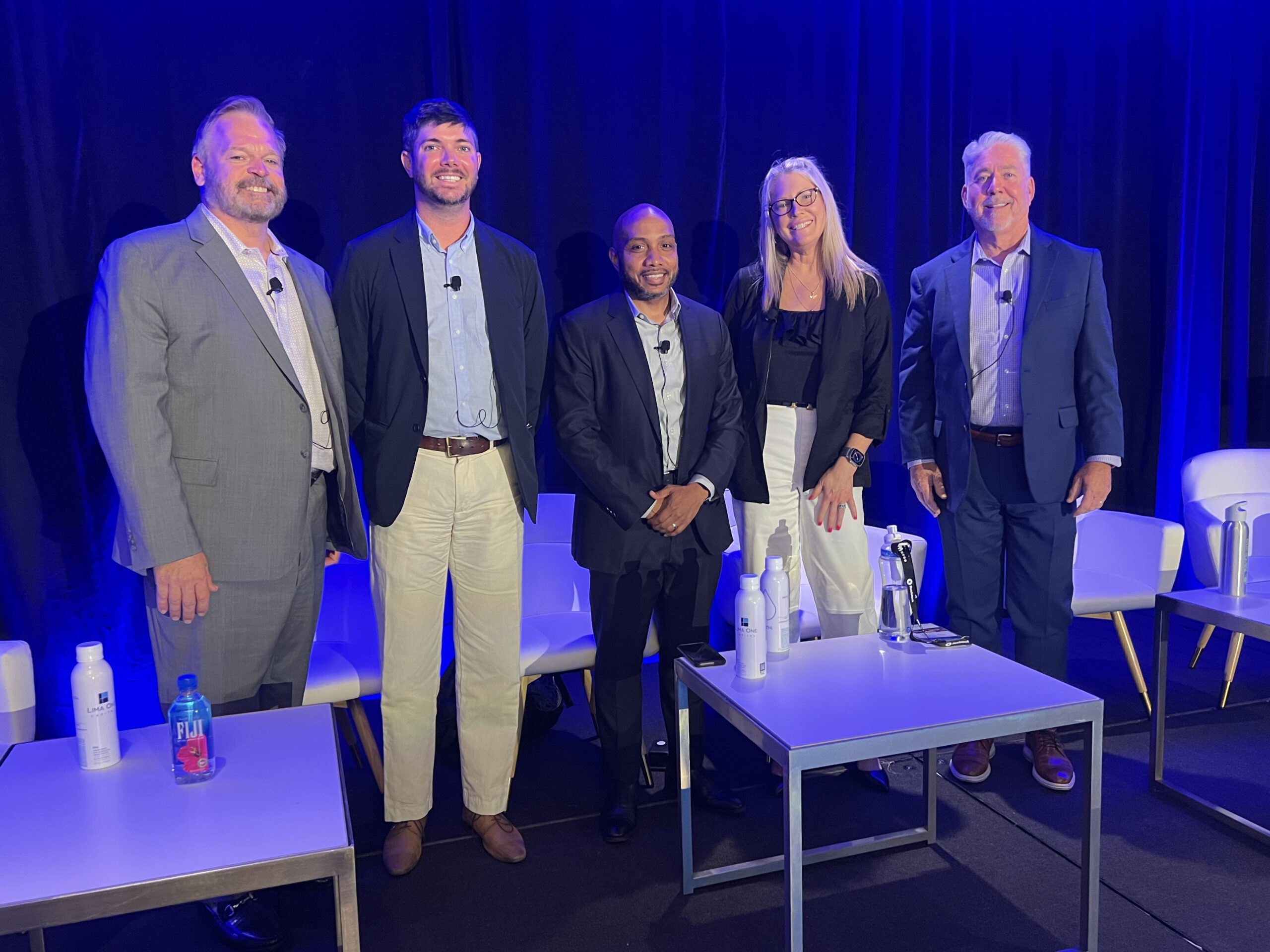
IMN’s Single Family Rental Forum (East), the cornerstone gathering of the SFR industry, concluded on May 22, 2024, in Miami, FL. Over three days, 1,800 attendees listened to more than 280 speakers discuss all angles of the SFR industry. On the first day of the conference, Arbor’s Tres Seippel, Director, Construction Management, participated in a wide-ranging panel discussion examining economic and demographic forces influencing SFR and build-to-rent (BTR), which also featured Rick Dalton, President of the Dalton Group, Domonic Purviance of the Federal Reserve Bank of Atlanta, Wade McGuinn, CEO of McGuinn Hybrid Homes, and Heather Williams, VP at Willow Bridge Property Company.

The Probability Renters Will Keep Renting Hits Record High
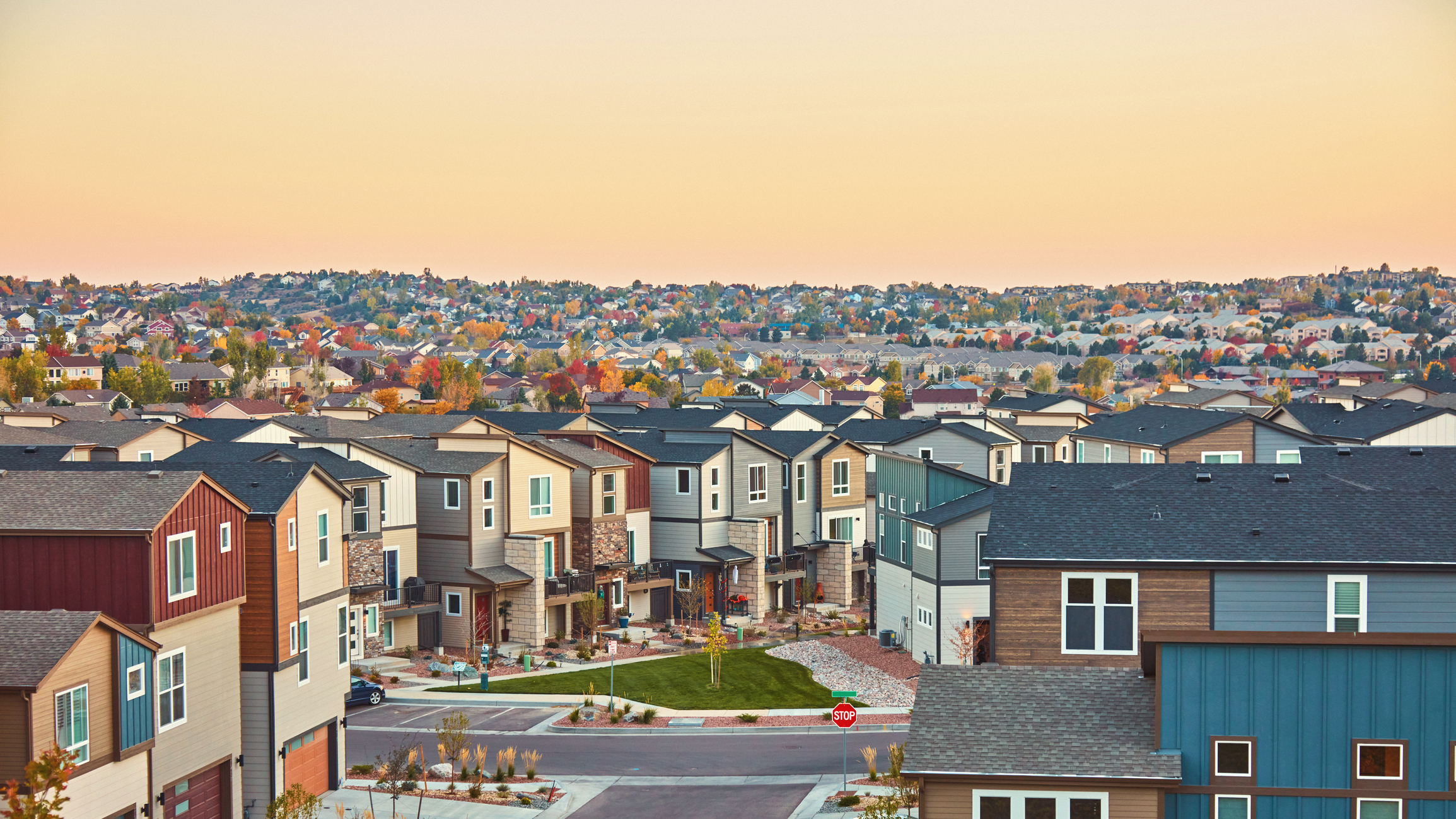
The average renter thinks there is a three-in-five chance they will still be in the rental market in 2027, according to the New York Federal Reserve’s recently released 2024 SCE Housing Survey. Compared to last year, the probability of the average renter not becoming a homeowner in the next three years was up 4.3 percentage points, reaching its highest mark since the study began in 2015.

Small Multifamily Investment Trends Report Q2 2024
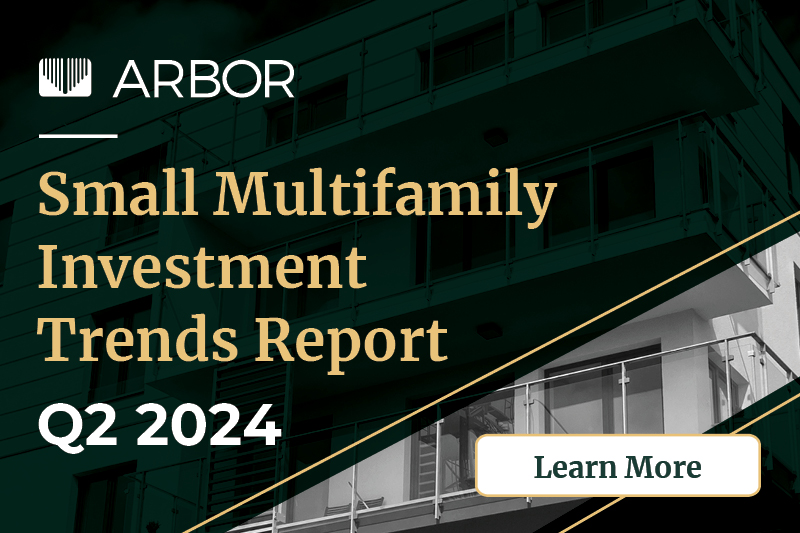
Small multifamily’s performance continues to conform to pre-pandemic norms typically seen before the historic boom years of 2021 and 2022. In the first quarter of 2024, cap rates and asset prices both improved quarter-over-quarter, Arbor’s Small Multifamily Investment Trends Report Q2 2024, developed in partnership with Chandan Economics, has found. The subsector’s fundamental strength will support steady growth amid tight credit conditions until interest rate relief invites increased investment activity.


